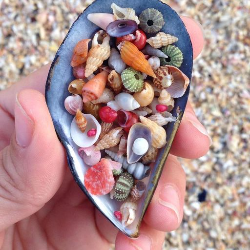EDITOR
How to use the Editor
1 min
first of all, welcome! 👋 the editor is like your second home and you need to know where everything is at all times that's why it's important that we highlight a few main concepts to set you on your merry way enter in edit mode by pressing on edit button or use the ctrl / cmd + e shortcut you can use the same shortcut or to press on preview button to lock your document and to see how it looks before publishing it if you have review system enabled, check review system docid 3cwwi9judh8iykkpcqbdl for more details use forward slash / to add a new content block (see all blocks editor blocks docid 6b0vtqtvunmp93e szq2p ) there are four categories basic with multiple blocks that help you format documents media use these to import files, images, embed youtube or vimeo videos developer you will use these when you write software documentation because you will leverage code editor multi language docid dmwewv5w9ycnvmlcui53 mermaid diagrams docid\ frhb6aopndkyyjeqdejlg api endpoints docid\ jwrgiytgiu8c 7ml3hna8 openapi/swagger block docid\ bkf0sksgsyaimm6ek1cpb graphql docid\ hcripofvmbp0pr3xj8mhj embed most of our integrations work inside the editor you can add embeds from other tools like loom, figma, miro, lucidcharts, and more check the embed examples docid\ ejegs visaok25 lby1x0 page for more info write using use markdown shortcuts docid 9aacrqjmq9jnyvzsgnofs and check the keyboard shortcuts by pressing ctrl or cmd + / use wysiwyg menu docid\ wbvfmf8cfyojgkqnrjvig for formatting options on each piece of text when you highlight or double click start @ mentions and dynamic links docid\ xpklrqkncgbujqsi9xwes after you add more documents to link between them copy pasting text maintains the formatting, and what's super neat about it is that you can add images this way (instead of importing them) also, when you paste markdown, the editor automatically recognizes it and renders the format correctly
🤔
Have a question?
Our super-smart AI,knowledgeable support team and an awesome community will get you an answer in a flash.
To ask a question or participate in discussions, you'll need to authenticate first.




